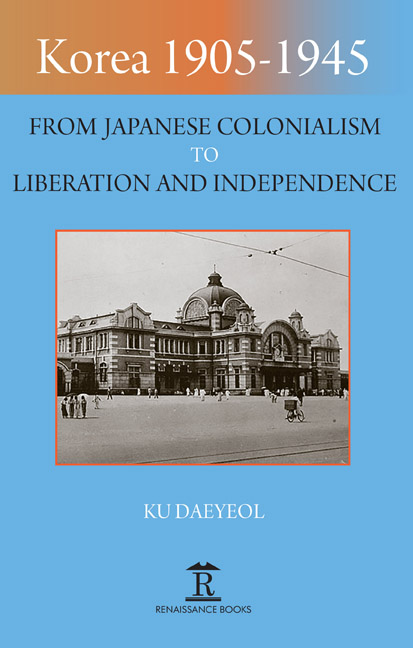Chapter 12 - A New Look at the Trusteeship
Published online by Cambridge University Press: 04 May 2022
Summary
PROBLEMS IN EXISTING INTERPRETATIONS
MANY SCHOLARS TEND to interpret the issue of trusteeship mainly in the light of postwar American strategy. Such an approach is legitimate in certain regards. According to Bruce Cumings, President Roosevelt set a goal of reorganizing the postwar world in accordance with the ideas of liberalism. The intention of the trusteeship idea was the furthering of American interests. As the largest economic unit and as an anti-colonist power, the United States would obtain sound advantages should it liberate colonies through a universal application of trusteeship. This was also in accord with the U.S. tradition of an economic open door policy. It was perhaps natural enough that the United States should secure American influence on the Korean peninsula by way of a trusteeship, although it could not eliminate the possibility of predominant control by the Soviet Union.
James Irving Matray stressed that the trusteeship was the most appropriate policy to achieve American goals in East Asia. The United States, which would have the status of a superpower after the war, declared that balance-of-power approaches were not necessarily the best suited for maintaining peace. Yet it chose to remain content to follow traditional lines on East Asia policy. Ostensibly seeking participation and cooperation from the other powers, the United States tried to balance, maintain and coordinate power to establish peace in the region. The Korean question was of a piece with this policy complacency. For this purpose, cooperation and support from Britain and China were essential. On the other hand, the United States could not afford absolutely to endorse the Korean policies of these Allies, as has been discussed in the previous chapters. In this respect, Britain and China were passive supporters/partners, but the United States had to be on its guard if need be. Nonetheless, as the war proceeded, the greatest menace to American goals proved to be the Soviet penchant and potential for expansion. The trusteeship was a strategic plan by the United States to include the Soviet Union in this partnership, and to encourage all four trusteeship powers to contain one another.
As far as the United States was concerned, if the Soviet Union emerged from the war as “America's foe instead of friend” and gained access to a warm water port, it would become an important maritime power and an economic rival in Asia.
- Type
- Chapter
- Information
- Korea 1905-1945From Japanese Colonialism to Liberation and Independence, pp. 376 - 414Publisher: Amsterdam University PressPrint publication year: 2021



